We use affiliate links to run our site. When you buy through links on our site, we may earn an affiliate commission, without any added cost to you. Learn more
Are you tired of throwing away food scraps and yard waste, only to see them end up in a landfill? Composting is the answer! But what exactly should you put in a compost bin?
From banana peels to grass clippings, there are countless composting ingredients to choose from. But which ones are the best for creating nutrient-rich soil?
In this post, we’ll explore the do’s and don’ts of composting and provide you with a comprehensive guide on what to put in a compost bin. Get ready to turn your kitchen and garden waste into a sustainable resource that will benefit both you and the environment!
How To Choose Your Composting Ingredients:
Experts say you can literally put anything (which can be decomposed) into the compost pile. Though there is no right or wrong way of composting, it is better to know some basic points which will create a very high-quality compost.
One such important point is to make a note of the Carbon-Nitrogen ratio (C/N ratio) while you prepare the compost pile.
Depending on the amount of carbon and Nitrogen the ingredients of a compost can be classified into two categories Brown and Green.
What Not To Compost: Here Are 7 Things You Should Avoid At Any Cost
Brown items include dry leaves, straw or hey, eggshells, wood, pine needles, sawdust, etc. These materials contain a higher amount of carbon and a lesser amount of Nitrogen.
Green items include kitchen scraps, grass clippings, fresh manure, vegetable peelings, etc. Green materials contain a higher amount of Nitrogen than brown materials.
The success of preparing good compost depends on the proper ratio of green and brown materials. It heats up faster, decomposes quickly, does not smell, and is easy to maintain.
The followings are some of the Best Composting Ingredients that you can use to prepare your pile:
1. Leaves:
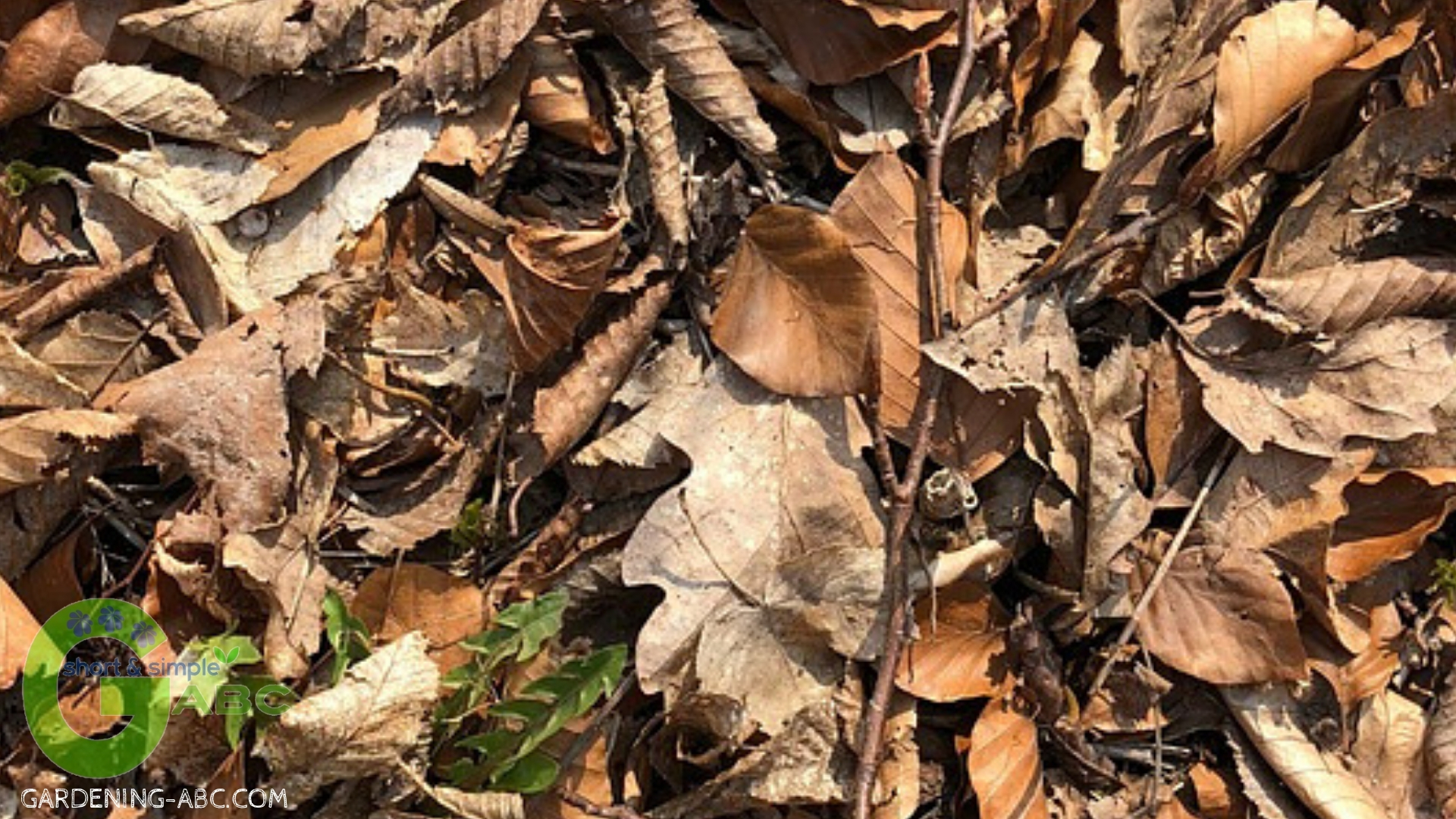
These are one of the most commonly used composting ingredients. Be sure which type(dry or green) of leaves you are choosing. Dry leaves can add to your brown elements whereas green leaves are more of a green element.
Autumn leaves are a very good source of carbon. For better compost make the leaves shredded. It will help to decompose faster. The C/N ratio of leaves can vary from 60-80:1.
2. Straw/Hay:

In case you are having heavy clay-type soil, adding straw or hay into the compost can be very helpful. Straw/Hay decomposes very slowly, so the particles can actually help in opening soil pores.
These ingredients contain a very low amount of nitrogen but the carbon content is very high.
3. Eggshells:
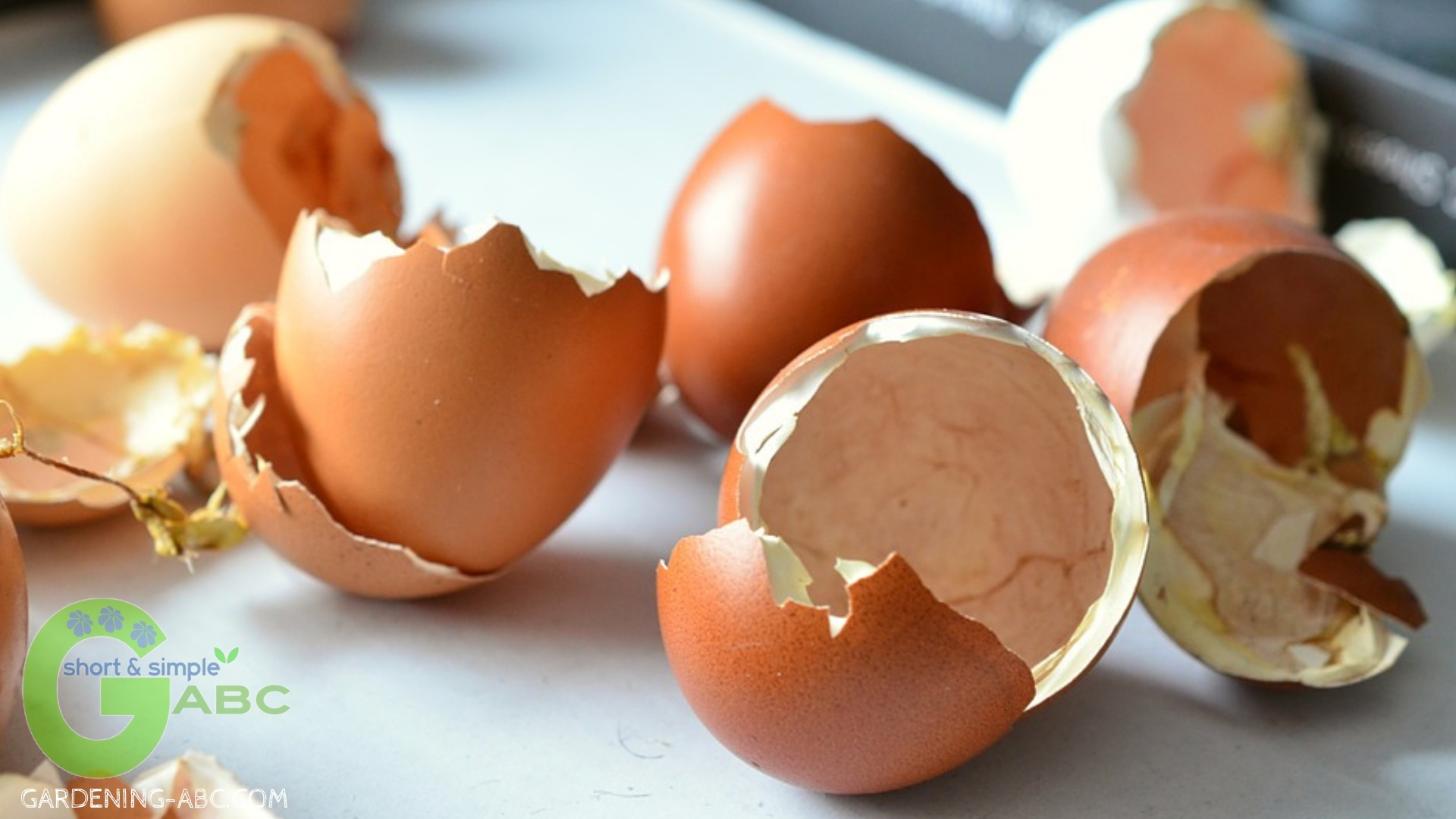
As we all know eggshells contain high deposits of calcium, adding those into your pile can definitely increase nutrients to the compost.
Just don’t forget to crush those shells before adding them to the compost. Remember you only want the shells and not the whole eggs. Here is a list of plants that loves eggshells.
4. Wood Ash:
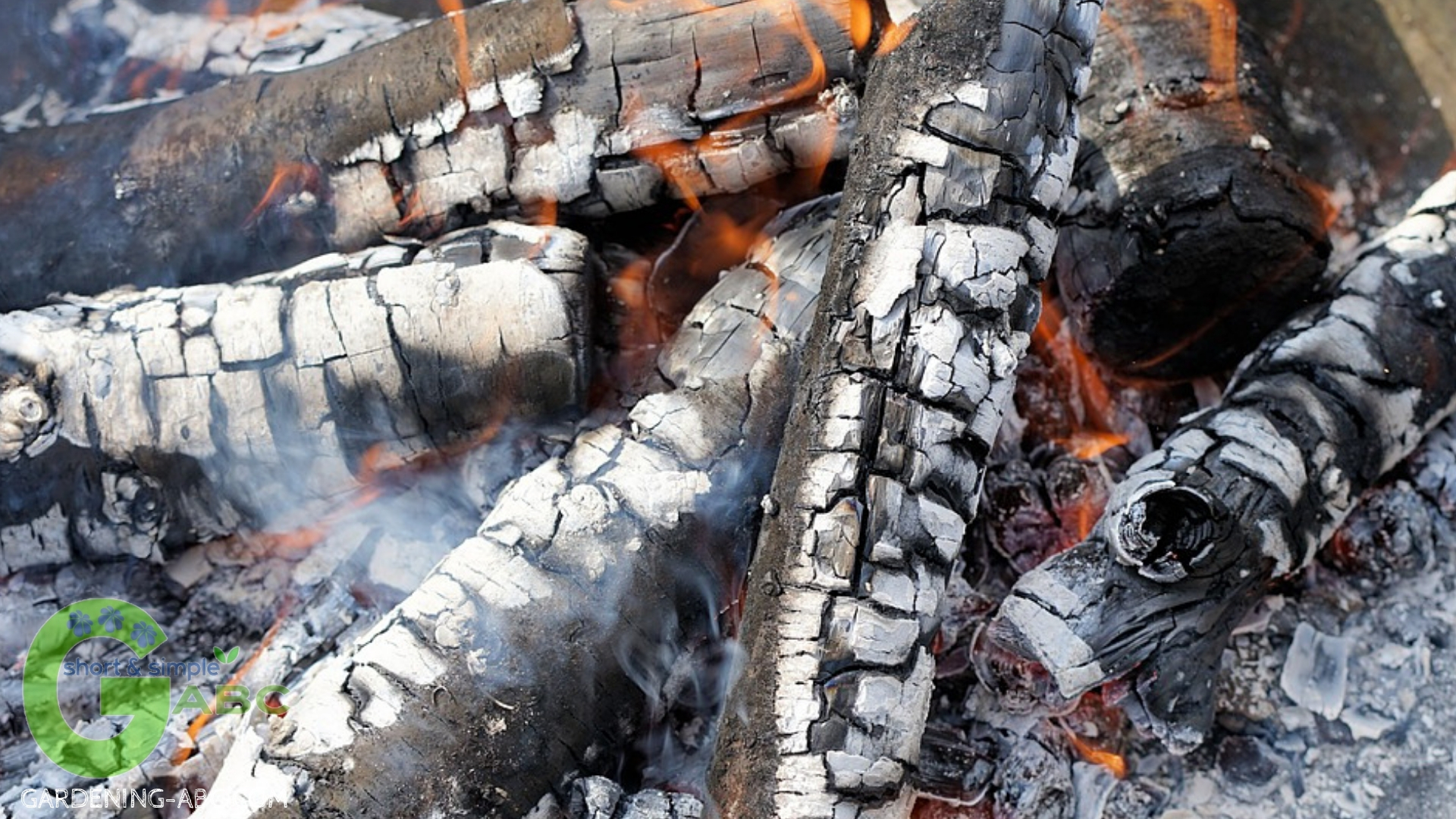
It is a very good source of calcium and potassium besides carbon. It is very alkaline in nature so you can use it to increase the pH of your soil.
5. Pine Needles:
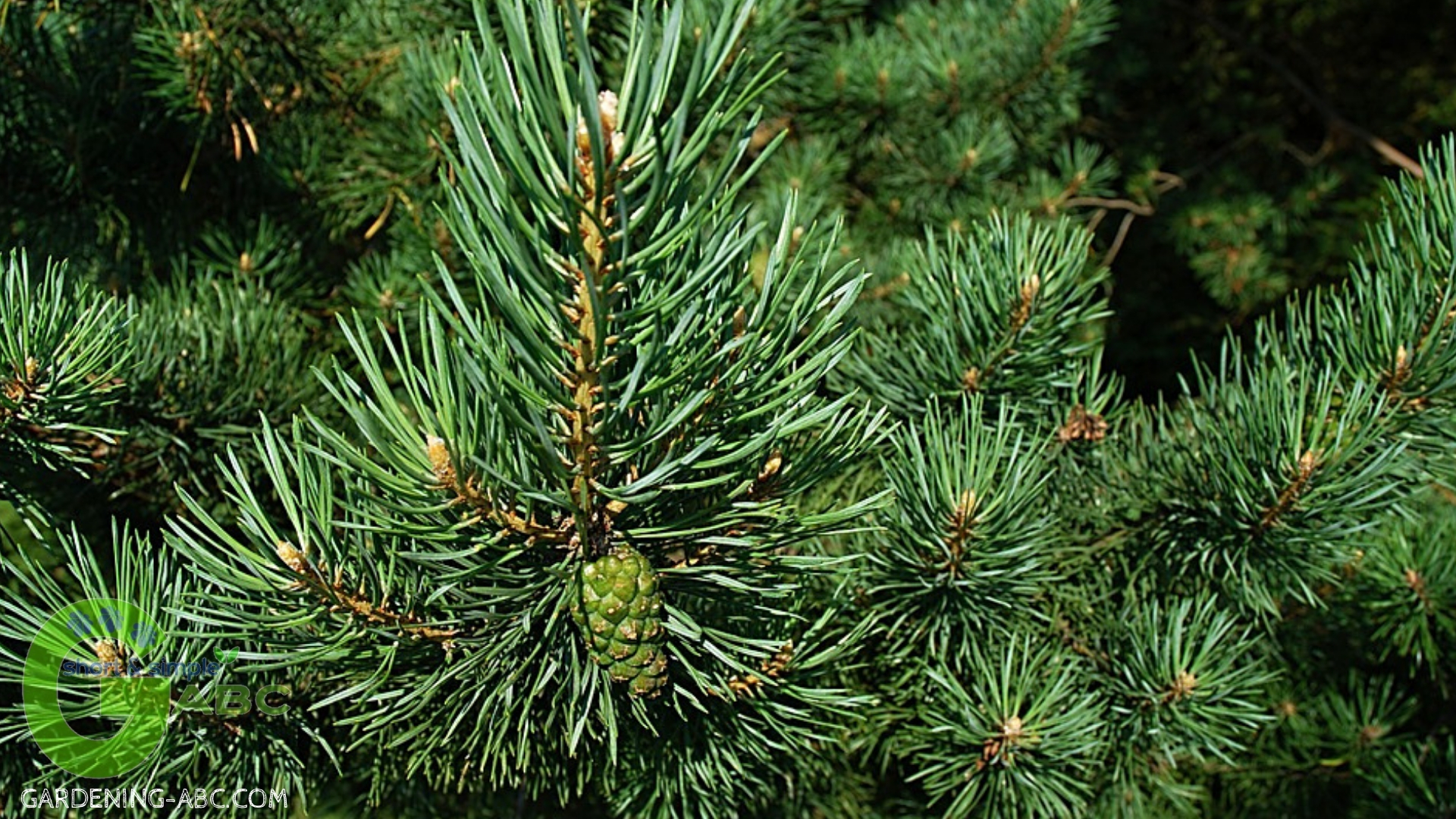
These are very high in carbon content but very slow to decompose. Add only a few to the compost. You can use the rest of them in preparing mulch.
Besides those brown ingredients, newspapers can also be used as a composting ingredient. Just avoid glossy and colorful papers as these contain a chemical that will hamper your organic gardening benefits.
6. Kitchen Scraps/Vegetable Peelings:
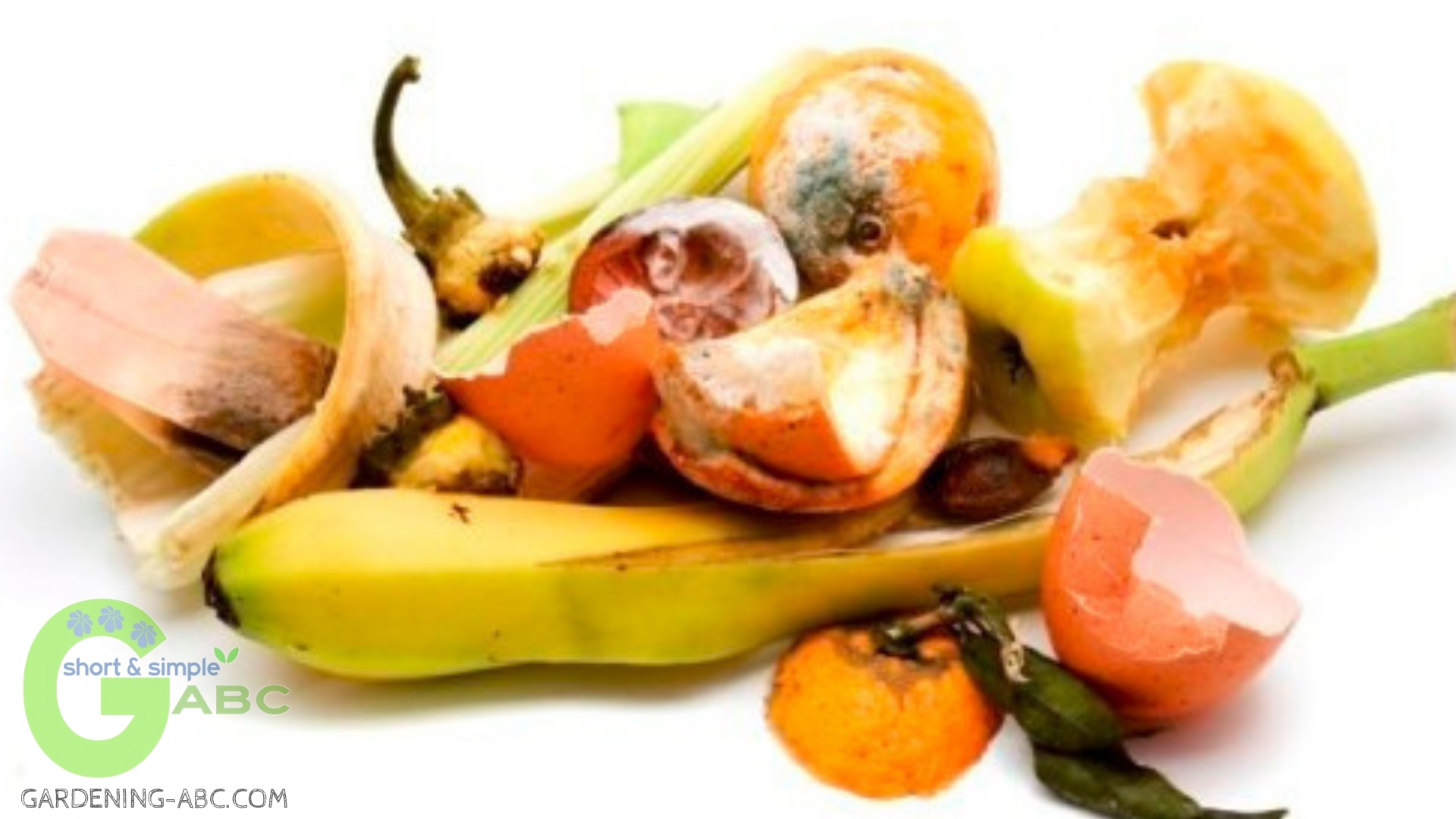
It is the most preferred green ingredient. It can be found in abundance in every house. Fruits and vegetable peels and other wastes can be found in the kitchen. Just avoid the cooked ones. The oil used in cooking slows down the decomposition. It also attracts different pests such as rodents.
7. Grass Clippings:
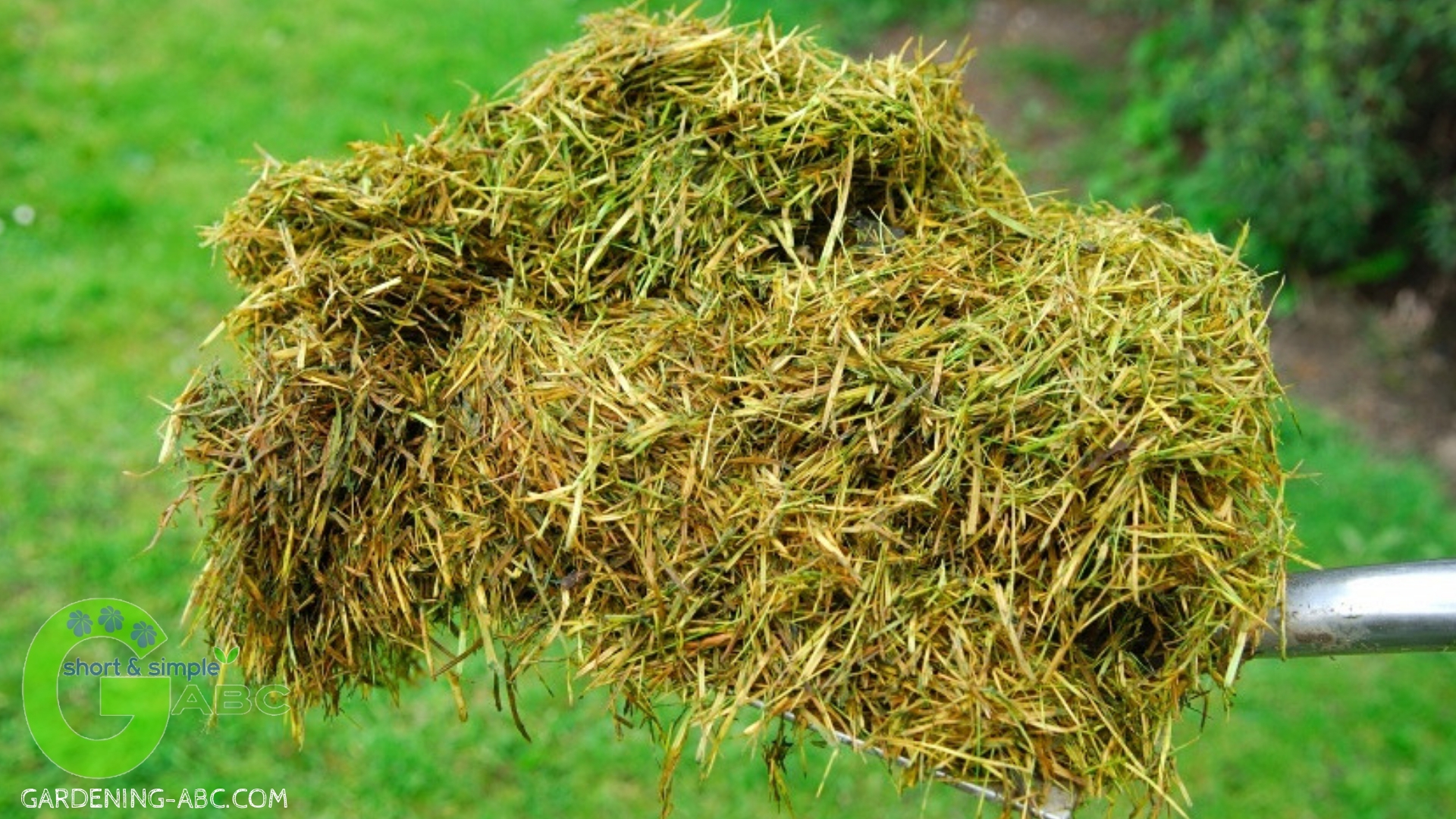
Grass clippings are a great source of nitrogen. While applying the clippings make sure to use them in very thin layers between the brown materials. A thick layer of clipping can prevent airflow into the compost pile. It will result in excess nitrogen and the smell of ammonia.
8. Manure:

You can add manure from cows, horses, chickens, bats(guano), etc. but don’t add human feces, or droppings from dogs, cats, or pigs. Fresh manure is a very good source of Nitrogen.
You can also add coffee grounds or seaweed depending on the availability. The nitrogen content is higher in green ingredients compared to brown ones. Nitrogen helps in forming amino acids and proteins. So these are vital food source for the microbes which decomposes the ingredients and make compost for you.
I hope the next time you go to prepare the compost for your garden you will definitely keep those points in mind which are discussed above. Share your thoughts and past experiences of composting with us.
Like the post? Don’t Forget To PIN IT
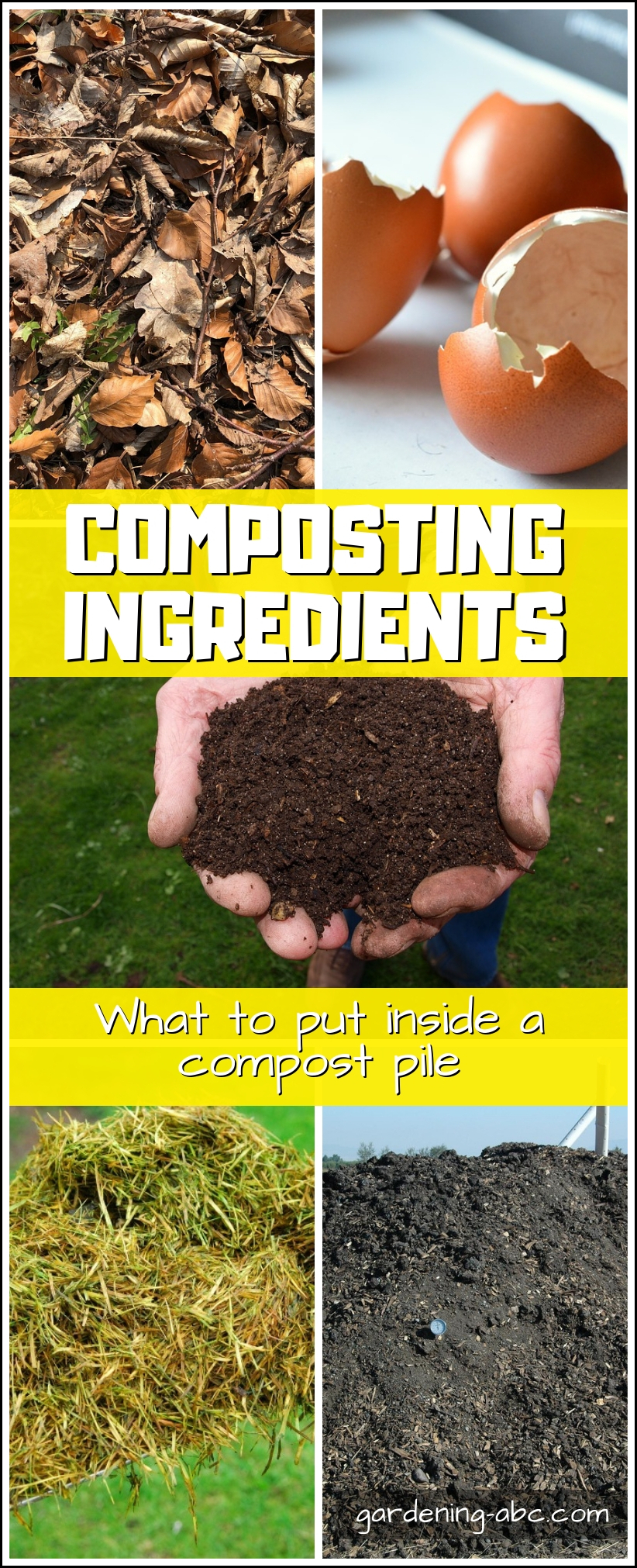
Amazon and the Amazon logo are trademarks of Amazon.com, Inc, or its affiliates.
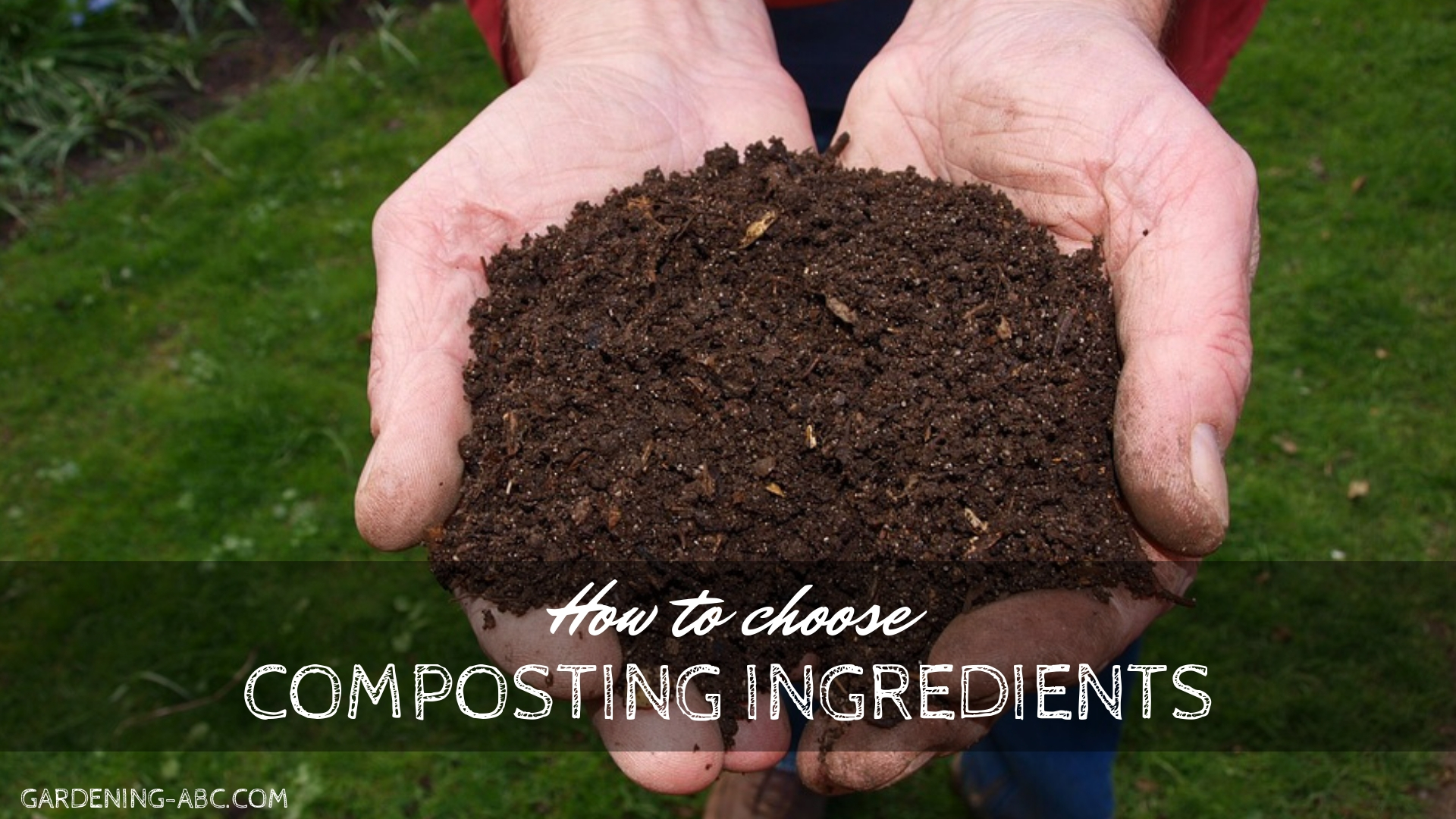
what happens if oleander leaves or flowers get in your vegetable garden soil will the toxins seep into the vegetables and fruits and be harmful to eat.
check out this link it might be helpful to you http://slosson.ucdavis.edu/newsletters/Downer_199829067.pdf
Hi Prasenjit,
Enjoyed the article!
My compost pile, which can reach 20′ by 15′ and be 7′ high, is made primarily of dead leaves. The nitrogen in the air is my main source for that, so the conversion to compost takes 3 – 5 years. This is OK for me as I’ve been doing it for over 40 years and always have a good supply when I dig for it. If I wanted it composted faster I would throw in grass clippings, but I use a mulching mower and want the shredded grass clippings put back down on the lawn.
By the way, my main use of compost is as a soil amendment for azaleas.
My main blog, with a lot of words and few pictures, is at:
https://thegardenedge.blogspot.com
and one with few words and more pictures is at:
https://thegardenedge.home.blog
hey prasannajit
really enjoy your article ,
you give such a good information of compost manures